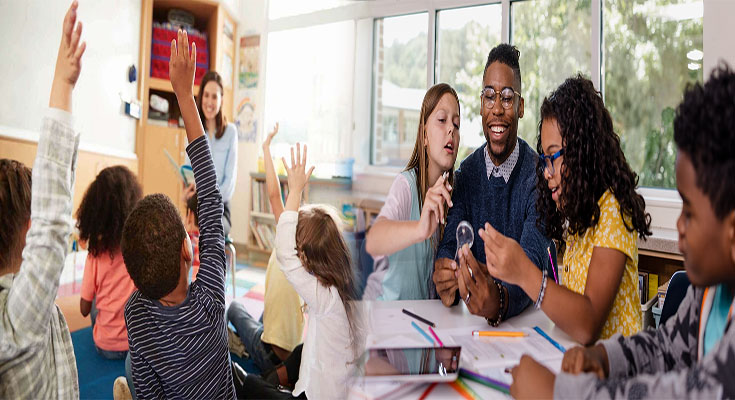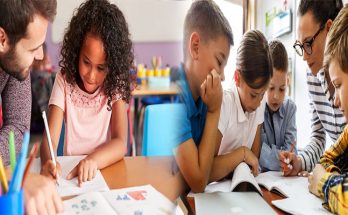In today’s classrooms, teachers are faced with diverse sets of learners, each with their unique strengths, challenges, and learning styles. To ensure that all students receive an equal opportunity to learn and succeed, educators have embraced differentiated instruction strategies. This article explores the significance of differentiated instruction and presents effective strategies to cater to the needs of diverse learners in the classroom.
Understanding the Importance of Differentiated Instruction
Differentiated instruction is an approach that recognizes that students have different learning styles, backgrounds, abilities, and interests. It is an essential practice that ensures all learners, regardless of their differences, can access and engage with the curriculum. By tailoring instruction to meet individual needs, teachers foster a positive and inclusive learning environment that promotes academic growth and student success.
Effective Differentiated Instruction Strategies
1. Individualized Learning Paths
Differentiated instruction begins by recognizing that students learn at different paces and have varying levels of prior knowledge. Teachers can utilize this strategy by creating individualized learning paths tailored to each student’s strengths and weaknesses. This approach allows students to progress at their own pace, ensuring they do not become bored or overwhelmed.
2. Varied Instructional Materials and Resources
To cater to diverse learners, teachers should provide a range of instructional materials and resources. This might include text materials at different reading levels, multimedia resources, hands-on activities, and technology-based tools. By offering a variety of resources, teachers can accommodate different learning styles and enable students to access information through various modalities.
3. Flexible Grouping
In a diverse classroom, students often benefit from collaborating with peers in various ways. Flexible grouping allows teachers to organize students based on their needs, interests, or learning styles. This can be done through mixed-ability groupings, interest-based groups, or small group instruction. Flexible grouping encourages cooperation and collaboration among students, fostering a supportive learning environment.
4. Multiple Assessment Methods
To accurately measure learning and provide feedback, teachers need to use multiple assessment methods. Differentiated instruction emphasizes varied forms of assessment, such as projects, presentations, portfolios, and performance-based assessments. This allows students to showcase their learning in a way that aligns with their strengths and preferences, ensuring a fair and accurate assessment of their progress.
5. Scaffolded Instruction
Scaffolding is a powerful technique that involves breaking down complex concepts or skills into smaller, more manageable steps. By providing scaffolds, such as graphic organizers, guided practice, and prompts, teachers can support struggling learners while challenging advanced students. Adjusting the level of support based on individual needs ensures that every student can engage in meaningful learning.
6. Continuous Reflection and Feedback
Differentiated instruction is an ongoing process that requires continuous reflection and feedback. Teachers should regularly reflect on the effectiveness of their strategies, making adjustments as needed to meet evolving student needs. Additionally, providing timely and specific feedback to students allows them to monitor their progress and make improvements in their learning.
Embracing Differentiated Instruction for Excellence
As classrooms become increasingly diverse, differentiated instruction becomes the cornerstone of effective teaching. By implementing these strategies, teachers can create an inclusive learning environment where every student’s diverse needs are met. Embracing differentiated instruction not only fosters academic growth but also nurtures students’ self-esteem, motivation, and confidence in their own abilities.
By recognizing and valuing the uniqueness of each learner, educators empower students to reach their full potential. So, let’s embrace differentiated instruction and ensure that no student is left behind. Together, we can create classrooms that celebrate diversity and enable every student to thrive academically and personally.





